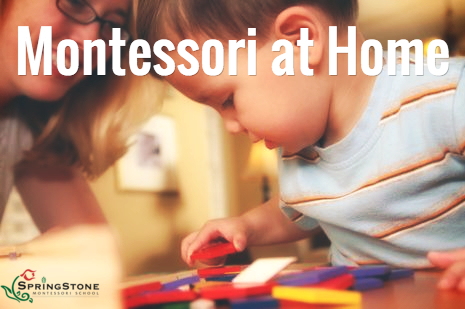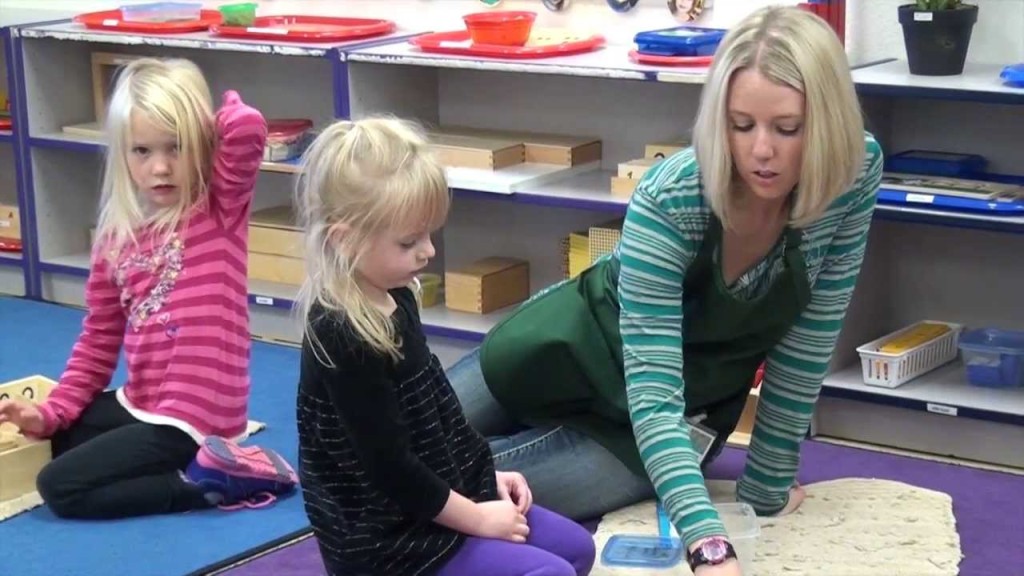The Montessori Three-Period Lesson

The three-period lesson is a key part of the Montessori Method of teaching. It is a fundamental tool and approach used daily in every Montessori classroom to introduce a new concept (not just vocabulary) to children.
Who Came Up With This Amazing Concept?
The three-period lesson was developed by Edouard Seguin, a French physician who worked with special needs children in France and the United States during the late 19th century. He discovered ways to increase children’s cognitive abilities and believed in the importance of developing their self-reliance and independence. Seguin’s writings were a major inspiration to Maria Montessori and the source of many of her practical ideas.
In simple terms, the three steps, or periods are as follows:
- Naming (Introduction) – “This is a dog.”
- Associating and Recognizing (Identification) – “Show me the dog.”
- Remembering and Recalling (Cognition) – “What is this?”
The First Period: This is…
You have been naming people, places, and things for your child from the beginning. These names are used over and over, clearly isolating and identifying objects with one-word descriptions. Learning takes place through the senses, not just by hearing. Young children touch, taste, squeeze, smell, push, and manipulate everything. As you identify concepts such as ‘hot’ or ‘cold’, children not only learn the vocabulary, but they also experience the quality of the meaning. They miraculously internalize the world through all their senses. Montessori refers to this innate ability as the ‘absorbent mind.’
The Second Period: Show me…
This stage of learning is the longest, and your child needs to have many experiences hearing the names of things. You may have noticed that your child looks in the direction of an object you name. Your child is indeed connecting the word with the object. Later, your child understands simple instructions. Montessori identified how important movement is for learning, so play games that incorporate movement. For example, ask your child to find the ball and bring it to you. Peek-a-Boo games help young children learn during the second period. “Where is Teddy? There he is!” Naming games are fun for children whether you are reading together, riding in the car, or playing ‘I Spy” at home.
The Third Period: What is this?
This period verifies your child’s knowledge. Make sure to only start this period when you know that your child can be successful. When the child can name something, it signals cognition, the third step of learning. If you ask, “What is this?”, your child might not know, and it tells you that your child needs more repetition and experience. Never indicate that your child has failed, but rather just go back to the second period. Play more naming games, reintroduce vocabulary while you talk about what you see, and then enjoy your child’s amazing “absorbent mind.”


